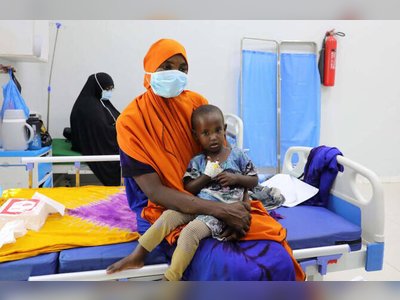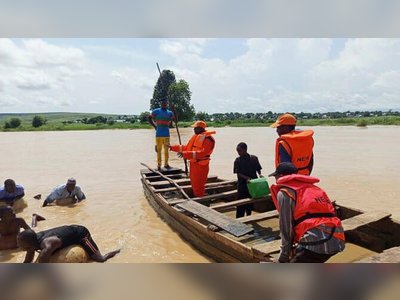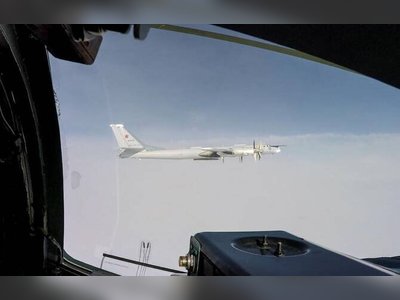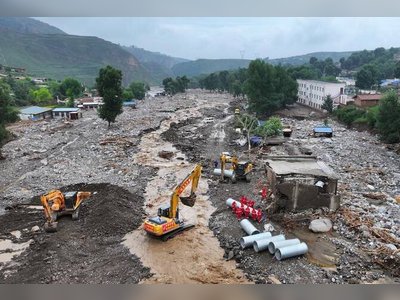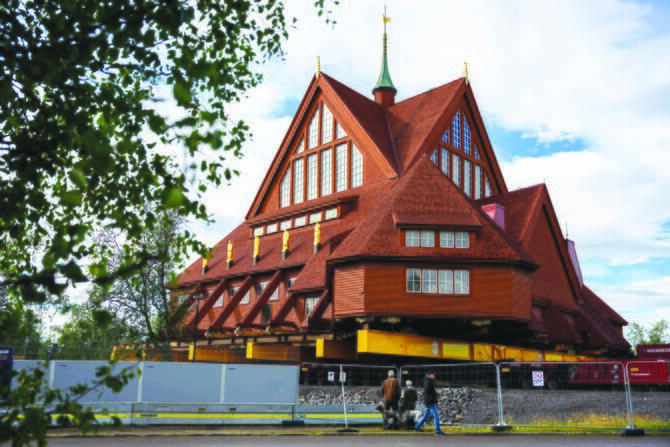
Swedish Church Relocates as Mining Expansion Threatens Town
Kiruna Church's belfry moved to avoid subsumption by world's largest iron-ore mine.
The church of Kiruna, Sweden’s northernmost town located at approximately 200 kilometers above the Arctic Circle, is currently being relocated as part of the city's shift to a new urban center.
This move stems from the expansion of LKAB, the state-owned mining company, which operates the world's largest underground iron-ore mine that threatens to engulf the town.
The relocation effort has drawn thousands of spectators and includes an appearance by Swedish King Carl XVI Gustaf, highlighting its cultural and symbolic significance.The wooden Kiruna Church, a structure revered for its architectural merit and historical ties to the Sami Indigenous people, was initially constructed as a gift from LKAB in the early 2000s.
It won a national poll organized by the Ministry of Culture in 2001, being voted as Sweden's 'best building of all time, built before 1950'.
Originally situated on a hill for optimal views over Kiruna, the church is now being carefully moved along a 5-kilometer route eastward to its new location.The project began with a blessing from the church’s vicar, Lena Tjärnberg, on Tuesday morning and is expected to conclude by Wednesday afternoon.
This intricate operation combines engineering precision with traditional practices and community spirit, encapsulating the resilience of Kiruna's residents in the face of industrial expansion.
The move also coincides with the town’s role as a prime tourist destination, known for its unique experiences such as witnessing the Midnight Sun or Northern Lights and visiting sites like the Aurora Sky Station and Kebnekaise Mountain.The church's belfry is being transported separately from the main building to ensure both are preserved in their entirety.
This meticulous relocation process reflects not only the cultural preservation efforts but also highlights the complex relationship between urban development, environmental concerns, and industrial progress.
This move stems from the expansion of LKAB, the state-owned mining company, which operates the world's largest underground iron-ore mine that threatens to engulf the town.
The relocation effort has drawn thousands of spectators and includes an appearance by Swedish King Carl XVI Gustaf, highlighting its cultural and symbolic significance.The wooden Kiruna Church, a structure revered for its architectural merit and historical ties to the Sami Indigenous people, was initially constructed as a gift from LKAB in the early 2000s.
It won a national poll organized by the Ministry of Culture in 2001, being voted as Sweden's 'best building of all time, built before 1950'.
Originally situated on a hill for optimal views over Kiruna, the church is now being carefully moved along a 5-kilometer route eastward to its new location.The project began with a blessing from the church’s vicar, Lena Tjärnberg, on Tuesday morning and is expected to conclude by Wednesday afternoon.
This intricate operation combines engineering precision with traditional practices and community spirit, encapsulating the resilience of Kiruna's residents in the face of industrial expansion.
The move also coincides with the town’s role as a prime tourist destination, known for its unique experiences such as witnessing the Midnight Sun or Northern Lights and visiting sites like the Aurora Sky Station and Kebnekaise Mountain.The church's belfry is being transported separately from the main building to ensure both are preserved in their entirety.
This meticulous relocation process reflects not only the cultural preservation efforts but also highlights the complex relationship between urban development, environmental concerns, and industrial progress.



